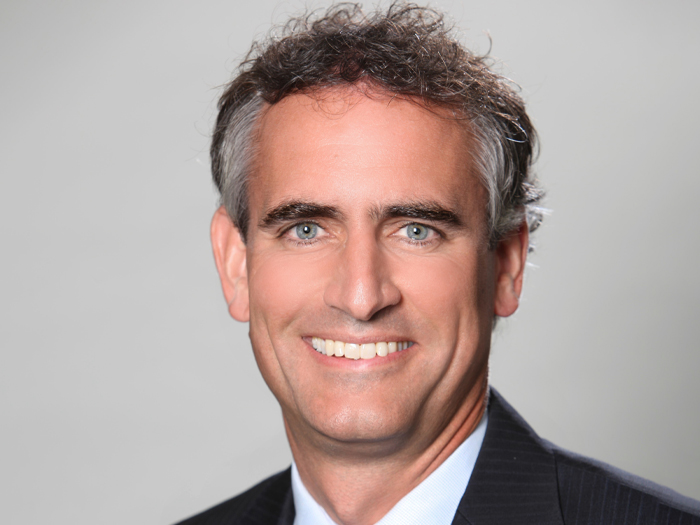Employers Seek Strategies to Combat Rising Health Care Costs

Employers that implement strategies like value-based drug formularies and tiered provider networks are experiencing lower health care costs, according to a survey by the National Alliance of Healthcare Purchaser Coalitions.
The survey, which included responses from 188 employers, sheds light on the ongoing challenge of rising health care costs and the various approaches being taken to address this issue, which has significant implications for both businesses and employees.
Rising premiums for employer-sponsored health insurance continue to be a significant concern for businesses across the United States. In 2023, the average annual premium for fully insured employer-sponsored health insurance reached $8,435 for single coverage and $23,968 for family coverage. Among survey respondents, 34% reported premiums higher than the average, while 33% were about even with the average, and 33% had lower than average premiums.
“The unending cycle of year-over-year cost increases for employers and employees and their families has long exceeded sustainability and adds real stress to the economy,” said Shawn Gremminger, National Alliance president and CEO. “These uncontrolled costs directly lead to smaller raises, lost jobs, and the inability of working families to afford care, and is perhaps the primary driver of health inequity. And for employers, it’s no longer just about cost control. It’s about survival.”
Nearly half, or 48%, of employers strongly agreed with the statement that rising health care costs impact their competitiveness in attracting and retaining talent, up from 44% in 2023 and 35% in 2022. Overall, 98% of employers agree or strongly agree that attracting and retaining employees is a top priority, and 96% said health and wellbeing benefits play a crucial role in those efforts.
Employers also believe that rising health care costs have a direct impact on their employees. According to the survey, 74% of employers believe that increasing health care costs often lead to reduced salary or wage increases, and the same percentage believes higher health care costs will lead to cost-shifting to employees.
Top Threats to Health Care Affordability
According to the survey, the most significant threats to affordability, as identified by employers, are drug prices (99%), high-cost claims (84%), and hospital prices (79%).
The high cost of prescription drugs has been a longstanding issue in the U.S. health care system, with many employers struggling to manage the rising costs of medications for their employees. Similarly, high-cost claims, such as those related to chronic conditions or catastrophic events, can put a significant strain on employer-sponsored health plans. Hospital prices, which often lack transparency and vary widely across different facilities, also contribute to the overall affordability crisis, according to the survey.
In addition to these top concerns, employers also identified other factors that exacerbate the affordability issue. These include a lack of transparency in health care pricing (59%), conflicts of interest among pharmacy benefit managers (PBMs) (55%), and the consolidation of health systems (54%).
The survey identified several health care strategies that correlated to lower-than-average health care costs:
- Employers that use a value-based formulary for prescription drugs versus a rebate-driven approach were nearly three times more likely to have lower costs.
- Employers that drive patients to higher quality and lower cost providers through tiered networks were twice as likely to experience lower costs.
- Employers that eliminate the middleman by direct contracting with providers were 50% more likely to experience lower costs.
Many employers are considering new strategies related to their PBM contracts. The survey found that 52% of employers are considering changing their PBM in the next 1-3 years.
Employers are also increasingly interested in PBM strategies that promote transparency and flexibility, such as transparent revenue disclosure (25% already doing, 61% considering), comprehensive rebate definitions (30% doing, 58% considering), and the ability to customize formularies (33% doing, 50% considering).
Additional Survey Findings and Trends
- Obesity management drugs: The survey revealed that 46% of employers currently cover branded GLP-1s for obesity management, while only 21% are considering coverage in the next 1-3 years. Among the two-thirds of employers that are currently covering or considering coverage of GLP-1s, most are looking for strategies to mitigate their costs. These strategies include limiting access to specific populations (91%) and tying access to beneficiary lifestyle changes (86%).
- Women’s health benefits: Employers are broadening their women’s health benefits beyond coverage for reproductive and fertility care. The survey found that coverage for menopause has increased by 14%, and 44% of employers currently provide mental health support for women, with an additional 40% considering it.
- Mental health care: Mental health integration is on the rise, with 67% of employers integrating behavioral health care into their in-network primary care services, up from 39% in 2023. Additionally, 48% of employers have established vendor performance/accountability metrics for mental health services.
- Addressing health equity: Employers are increasingly focusing on addressing health equity by analyzing health claims and outcomes data. The survey found that 40% of employers analyze data by gender, and 37% analyze data by location. There is also a growing consideration for analyzing data by income levels (41%) and race/ethnicity (40%) over the next 1-3 years.
- Health policy reforms: Employers are showing strong support for policy reforms that can improve transparency and fair pricing. The survey revealed that 89% of employers believe PBM reforms would be very or somewhat helpful, 87% support hospital price transparency, and 79% are interested in healthcare savings account (HSA) reforms.
View the full survey here. &










